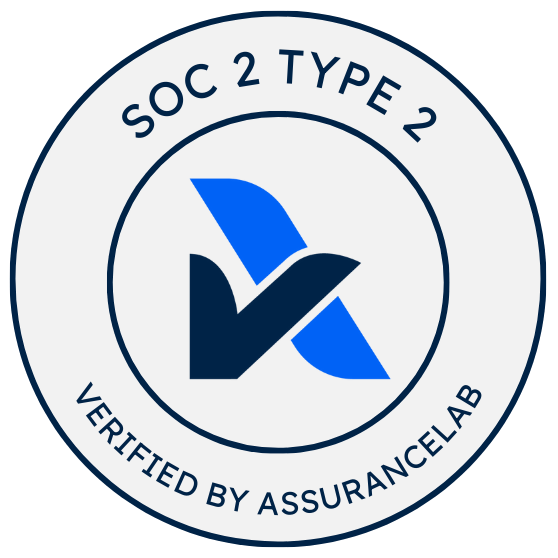
The Documentation Strategy Behind Every Successful Open Source Project
Simple changes that help new contributors get started faster and reduce maintainer overhead. Discover the documentation strategies behind thriving open source projects.

Simple changes that help new contributors get started faster and reduce maintainer overhead
📊 What the Data Shows
Through analyzing collaboration patterns on collab.dev across hundreds of open source projects, I’ve seen firsthand how contributor documentation can impact community engagement.
Take Supabase as an example. As a fast-paced growing project, their exceptional contributor documentation and structured onboarding process correlates with remarkable community engagement. 71% of their pull requests come from external contributors, paired with 100% review coverage and a median 3-hour review turnaround. One standout example is their SupaSquad program: an official advocate program that creates clear pathways for different types of contributors (Maintainer, Expert, Advocate, Builder, Author, Moderator) with defined benefits and recognition. This systematic approach to community building shows how documentation can extend beyond just coding guidelines to create an entire contributor ecosystem.
The pattern is clear: projects that invest in clear, comprehensive contributor guidelines see higher community participation, faster onboarding, and more sustainable maintainer workloads.
⚡ Why This Matters More Than Ever
Good contributor documentation is the difference between a thriving open source project and one that burns out maintainers. When contributors can find answers quickly, they submit better PRs and need less hand-holding.
But it goes deeper than efficiency. Well-crafted contributor documentation creates a more inclusive environment for developers of all skill levels, helping newcomers understand expectations while enabling contributors from different backgrounds and time zones to participate effectively.
I see this gap constantly on r/opensource: post after post from developers new to coding, the open source community, or GitHub asking “Hey everyone, I’m new to the open source community and want to get into it. Where do I start? How do I make my first contribution?” My answer is always the same: documentation. These projects make the difference between a newcomer’s first contribution being a frustrating experience that turns them away from open source, or an encouraging one that sparks a lifelong passion for community-driven development.
Here are five practical ways on how you can make your contributor documentation work better for everyone.
🗺️ 1. Start with the First PR Journey
Most contributor guides jump straight into technical details. Instead, map out what a first-time contributor actually experiences:
- How do they find something to work on?
- What’s the setup process like on their machine?
- Where do they ask questions when stuck?
- How do they know their PR is ready?
Walk through this journey yourself in a fresh environment. Document every step, including the ones that seem obvious. The React team’s How to Contribute guide does this exceptionally well. They dedicate an entire “Your First Pull Request” section that acknowledges first-time contributors might feel overwhelmed, links to educational resources like ”How to Contribute to an Open Source Project on GitHub”, and maintains curated “good first issues” that are specifically scoped for newcomers.
What makes their approach powerful is the psychological safety they create: they tell contributors exactly what to expect, how to claim issues (and when it’s okay to take over abandoned ones), and provide a detailed 10-step pre-submission checklist so contributors know their PR will meet standards before review.
Tip: Add a “Your First Contribution” section that covers finding an issue, setting up locally, making a change, and submitting a PR in order. Include reassuring language for nervous first-time contributors.
🔧 2. Make Your Setup Instructions Bulletproof
Nothing kills contributor momentum like setup instructions that don’t work. Your documentation should get someone from zero to running tests in under 10 minutes.
Test your setup instructions on different operating systems and with different versions of dependencies. Use specific version numbers, not “latest.” Include common error messages and their solutions.
The Supabase team maintains separate setup guides for different environments and keeps them updated with each release.
🎯 3. Create Clear Contribution Boundaries
Not all contributions are created equal. Some require deep context, others are perfect for newcomers. Make this distinction clear upfront.
Use issue labels like “good first issue” and “needs context” to signal difficulty. Explain what types of changes need discussion first versus what can be submitted directly. The Excalidraw team requires contributors to comment on roadmap issues before starting work; this prevents wasted effort on unwanted features.
Supabase takes this a step further by requiring contributors to open discussion threads before submitting PRs for new features. This simple requirement prevents duplicate work, builds community consensus early, and ensures new ideas align with the project’s direction, all before any code is written. It’s a perfect example of using documentation to shape your development process proactively.
Document your review standards too. Do you require tests? Documentation updates? Specific commit message formats? State these expectations clearly rather than surprising contributors during review.
👀 4. Optimize for Scanning, Not Reading
Contributors are usually in a hurry. They want to find their specific question and get back to coding. Dense paragraphs and buried information frustrate them.
Use clear headings, bullet points, and code examples. Put the most important information first. If someone needs to read more than a few sentences to understand a concept, consider breaking it into steps or adding a code example.
The TensorFlow team structures their contributor guide with clear sections and sub-sections, making it easy to jump to relevant information without reading everything.
🤖 5. Keep It Current with Automation
Outdated documentation is worse than no documentation. Contributors lose trust when instructions don’t work or reference files that no longer exist.
Set up automated checks for your documentation. Link checkers can catch broken URLs. You can add tests that verify setup instructions still work. Some teams include documentation updates in their definition of done for new features.
Consider adding dates to sections that change frequently, so contributors know if information might be stale. The Ghost team’s rapid development cycle (15-minute median merge time) is supported by keeping their contributor guidelines current with their fast-moving codebase.
Tip: Add a note at the top of your contributor guide with the last update date and a link for reporting documentation issues.
🎉 The Payoff
Good contributor documentation isn’t just nice to have; it directly impacts your project’s health. When contributors can onboard themselves, you spend less time on support and more time on meaningful code reviews. When they understand your standards upfront, you get higher-quality PRs that need fewer revision cycles.
The most successful open source projects treat contributor documentation as seriously as their user documentation. They update it regularly, test it with real users, and optimize for the contributor experience.
Your future self (and your fellow maintainers) will thank you.
Want to see how your project’s collaboration patterns compare to others? Check out the analysis tools at collab.dev to understand your contributor experience and review workflows.


